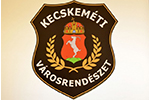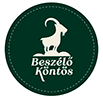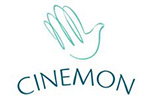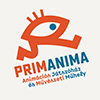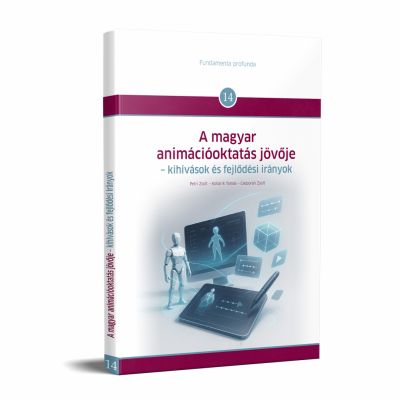
29 May, Thursday 16:30
Katona József Library
ZSOLT PETRI, DR. ZSOLT CSEPORÁN, DR. TAMÁS KOLLARIK: THE FUTURE OF HUNGARIAN ANIMATION EDUCATION – CHALLENGES AND DIRECTIONS OF GROWTH
Intergenerational knowledge and experience sharing is essential for the advancement of animation culture, and education is its most important area. Alongside the birth of Hungarian animation, an active collaboration developed between artists. Nonetheless, even the greatest of the field, Marcell Jankovics, Attila Dargay and Ferenc Rófusz, were, in various ways, self-taught, learning the techniques, the ins and outs of the profession from one another and from their masters. We had to wait for an institutionalised animation education until the 1960s, when Pannonia Film Studio and the Hungarian University of Art and Design launched a four-year experimental programme led by József Nepp. Then the university started its actual animation specialisation in the 1980s as part of its Visual Communication and Design programme, and the practical classes were also held at Pannonia. After the change of the political system, no animation programmes existed until the 2000s, when one was launched at Moholy-Nagy University of Art and Design, followed a few years later by another at Budapest College of Communication (today called Budapest Metropolitan University). Many other universities have offered animation training courses since then, and numerous adult education programmes provide opportunities for those interested in animation. The research conducted by Dr. Zsolt Cseporán, Dr. Tamás Kollarik and Zsolt Petri fills an important gap: not only does it present the institutional and legislative background of animation education, it also offers recommendations addressing today’s challenges for educational institutions and professionals. This will not only help maintain the development of Hungarian animation culture, but also make it future-proof.
An edited version of the preface by Máté Gorka-Focht.



















